Crinum Menehune Purple
This product is available for shipping only in Bangalore
- This cultivar is best grown under full sun, but it can tolerate light shade.
- Propagate by dividing the bulbs or replanting offsets.
- If a plant doesn’t flower, most of the time it’s in the wrong spot, overwatered or underwatered.
- The entire genus can be deadly to cats, while symptoms range from mild to moderate for dogs and humans.
Plant Height: approx 14 inches including the pot
Pot size : 6 inches nursery pot
- Estimated Delivery : Up to 3 business days
- Free Shipping & Returns : On all orders over ₹550 in Bangalore
Crinum Menehune Purple is thought to originate from a cross between Crinum amabile and a Crinum species from the Caribbean. Dark purplish red, glossy leaves are strap-shaped with pointed leaf apex and entire leaf margin . They have a slightly pleated leaf surface and are arranged in a rosette. Dark pink flowers have 6 narrow, linear petals that are bent backwards and 7 – 8 red, long stamens. Flowers are arranged in an umbellate inflorescence. The inflorescence is borne on a thick, dark red stalk. This cultivar is grown for its ornamental foliage and flowers. The leaves remain consistently purplish red, unlike those of Crinum procerum which fade in colour. The dark red leaves will provide contrast against a mostly green landscape. It will thrive in waterlogged areas where many species cannot grow. As as aquatic plant, consider growing it along pond margins or as an emergent aquatic plant.
Plant Care: Crinum Menehune Purple is a easy growing plant. Do not over water it. Keep it in a place where you have a good direct sun. For a this plant, you need well-draining soil. This type of soil ensures excess water drains through the plant pot. This prevents all that extra water from building up in the soil. When there’s too much water in your plant’s soil, it blocks the oxygen from getting through to the roots. The lack of oxygen to a plant’s roots can cause root rot. Root rot is just as the name sounds. It’s when the roots of a plant start to rot away. Fertilize once in a month. Loosen the topsoil without disturbing the roots of the plant so it can uptake the nutrients and moisture easily
General advise about Outdoor plants: Don’t kill your plants with kindness by overwatering. The is the most common mistake gardeners make. Different plants need different levels of moisture between watering. Some plants like moist soil between watering’s, while others prefer to dry out completely.
- Check the soil between watering’s with a stick, or even your finger, pushing below the top layer of soil or mulch to determine how moist the soil is.
- A watering can is an excellent choice for watering plants. Water well around the base.
- Water plants thoroughly. Water should run away from the edges of the plant or drain from the hole in the bottom of the pot.
Plants have individual nutrition needs, and beginning gardeners should be careful not to overfeed their plants. New plant installations will not need fertilizers or food of any kind for the first three months as they come from the nursery prepared for transplant.
Plant fertilizers come in three forms:
- Water-soluble: a liquid mixed with water and poured on the plant
- Spikes: a solid food that is pushed directly into the soil and releases nutrients slowly
- Granular: sprinkled around the base of a plant and watered in.
At the nursery these plants are grown under 40-70% shade cloth. If you plant this plant in a brightly lit area (like direct sun) you may experience leaf burn. It is best to acclimate this plant to its environment by keeping it outside and slowly moving it into a sunny area over a week or two to avoid stress before planting.
Keep an eye open for harmful insects or disease on new plant material. New plantings are not as strong as established plants, so they do require more attention. If you see a concern, you can research the issue or contact us for advice.
** Plants photos are for representation purpose only. We will make best efforts to send the plants as in photos itself, however it is not always guaranteed as plants might overgrow or shrink depending on the season, care or age. Trust us, we want to give you the best.

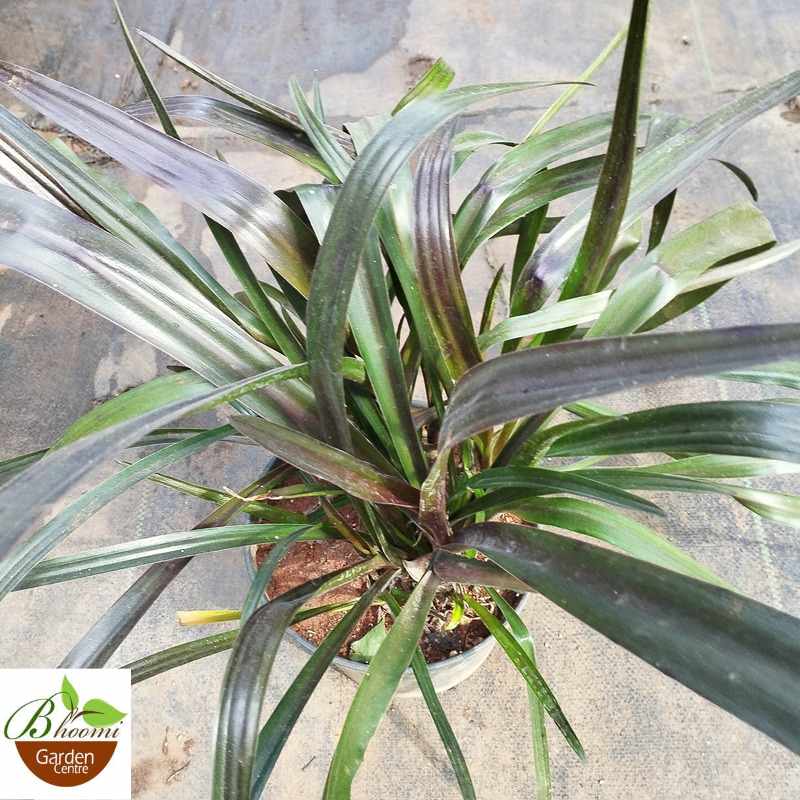
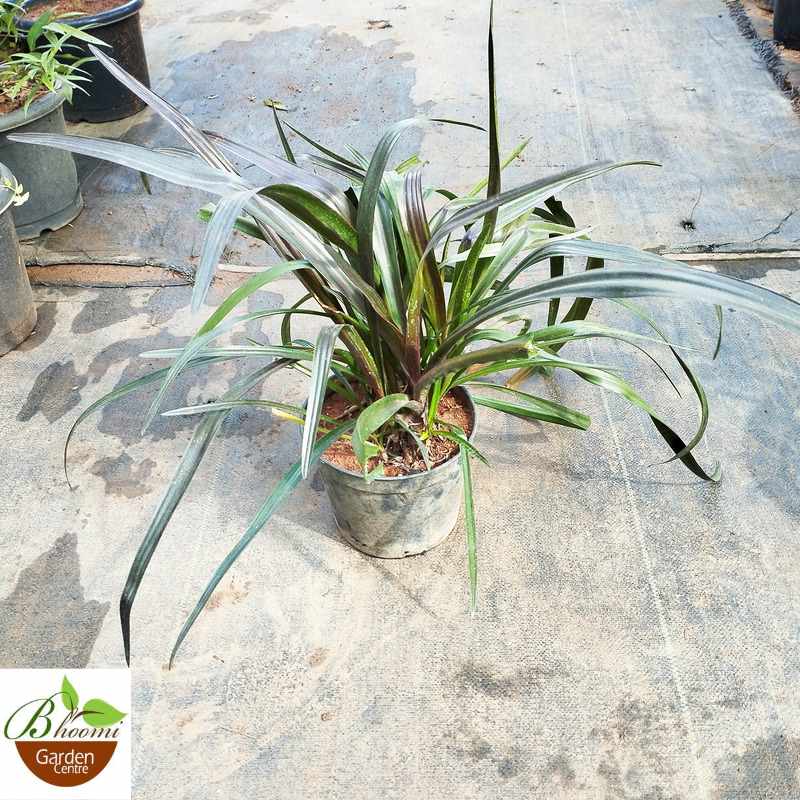
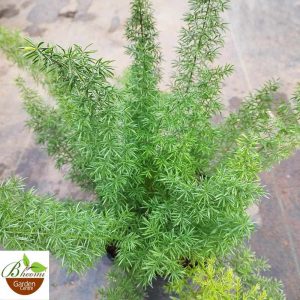
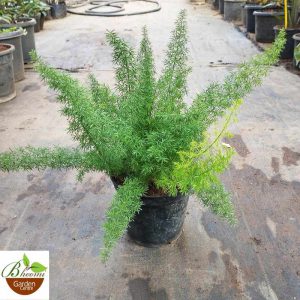
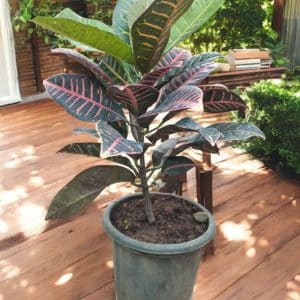
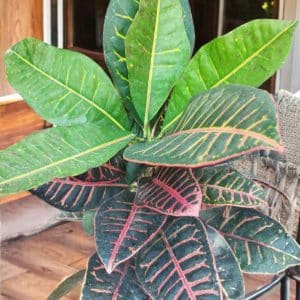
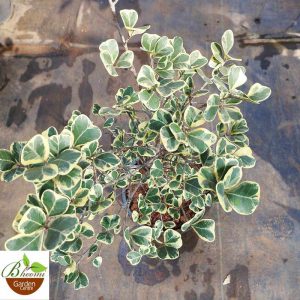
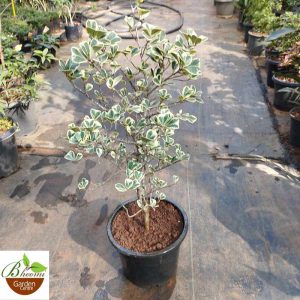


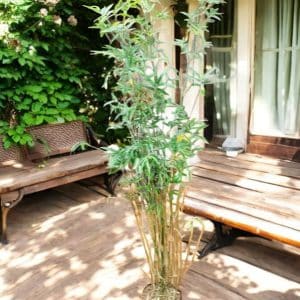

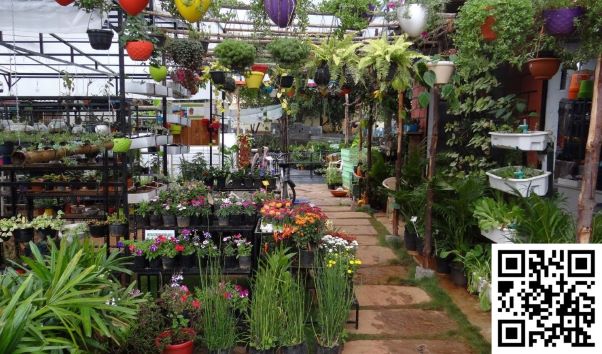
Reviews
There are no reviews yet.